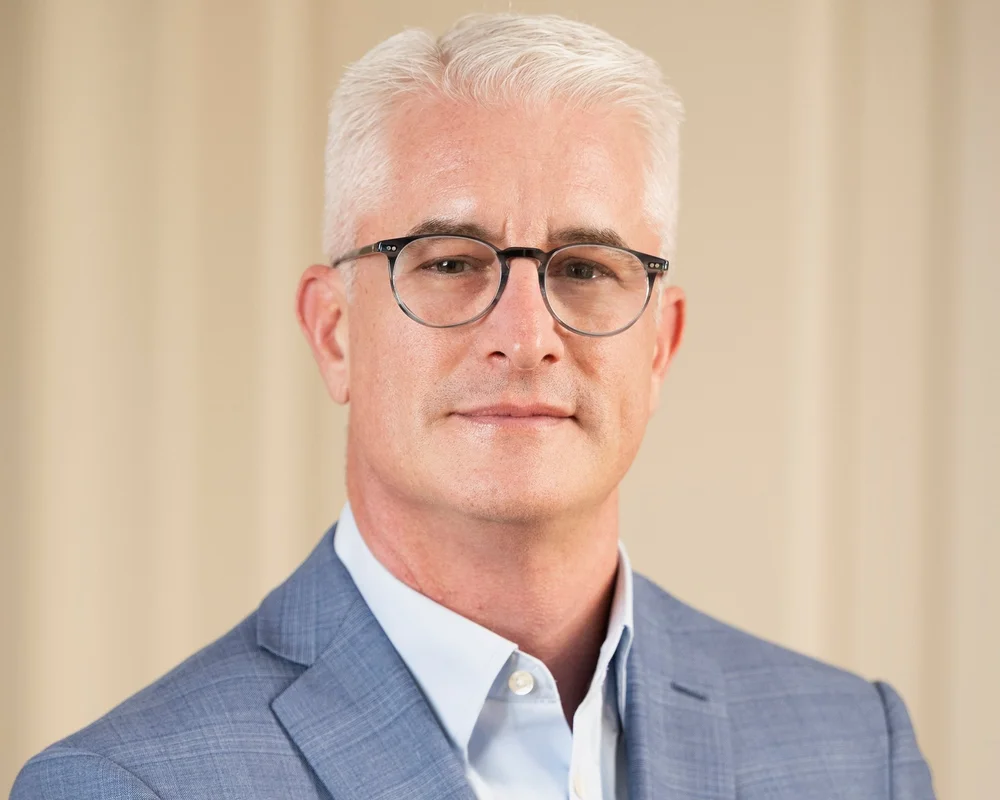This article was authored by John C. Tanner, and was originally posted on telecomasia.net.
Smart cities start with smart citizens, but many of those same citizens will expect the city, not operators, to provide smart-city services.
Those are the key findings from a new report [PDF] released Monday by Ericsson ConsumerLab, which says that the rise of smart cities will be driven from the bottom up by users empowered by ICT rather than by government initiatives.
The thrust of the report, “Smart Citizens: How The Internet Facilitates Smart Choices In City Life”, is that people who use smart devices and the internet to make more informed choices will become more proactive and participatory in city life. That in turn will drive demand for “smart city” services such as smart grids, water-quality checkers and sensor-powered traffic volume maps measuring congestion in roads and pedestrian areas.
The report – which surveyed over 9,000 smartphone users in nine cities (including Beijing, Delhi and Tokyo) – found that 76% of respondents would use traffic volume maps, while 70% would use energy usage monitors and 66% would use apps to check water quality.
“These are services that consumers will expect cities to make available via the internet,” says Michael Bjorn, Ericsson ConsumerLab’s head of research.
Bjorn adds that demand for smart-city services could also drive future concepts such as interactive road navigation, social bike/car sharing, indoor maps, as well as healthcare concepts like heart-rate monitoring rings, posture sensors and a digital health network of medical data accessible by physicians.
Respondents also expressed interest in smart-city apps that better enable communications with the government itself, from public service queue tags to a unified biometric ID that gives access to all public services.
The role users play in the development of smart-city services isn’t limited to mere demand, Bjorn says – they’ll also generate the data that will help such services become more useful over time.
One interesting finding – and one that telecom operators should note as they look at the opportunities presented by smart city projects – is that many consumers won’t be looking to traditional telecoms players and ICT providers to provide smart-city services.
According to the ConsumerLab report, at least 40% of respondents want city authorities to provide services like traffic volume maps, public service queue tags, biometric ID and social bike/car sharing. Half of them expect medical-related services like heart rate monitors and digital health network to come from medical service providers, and even more expect energy-usage monitors to come from energy companies.
“Basically they expect new ICT services to be an extension of existing services that they get from whoever already provides it, because they already have relationships with them,” Bjorn says.
However, he adds, that doesn’t mean operators will be left out of the loop in smart-city initiatives. “For example, while 40% of people want this service or that service to come from an existing provider, the other 60% said they want it to come from a ICT company or a telco or somewhere else – it’s a long list.”
The more important takeaway, Bjorn notes, is that the findings underscore the need for collaboration in enabling city infrastructure with ICT.
“If you think about the infrastructure of water pipes, for example, what we’re saying is that ICT is now a part of that infrastructure, which means the scope of ICT is growing for a lot of things in society,” Bjorn told your reporter. “So it’s only fair to expect that there will be some collaboration going on. But it’s also an acknowledgement that you can’t expect ICT to provide all of these services directly.”
If you haven't already, please take our Reader Survey! Just 3 questions to help us better understand who is reading Telecom Ramblings so we can serve you better!
Categories: Other Posts






Discuss this Post